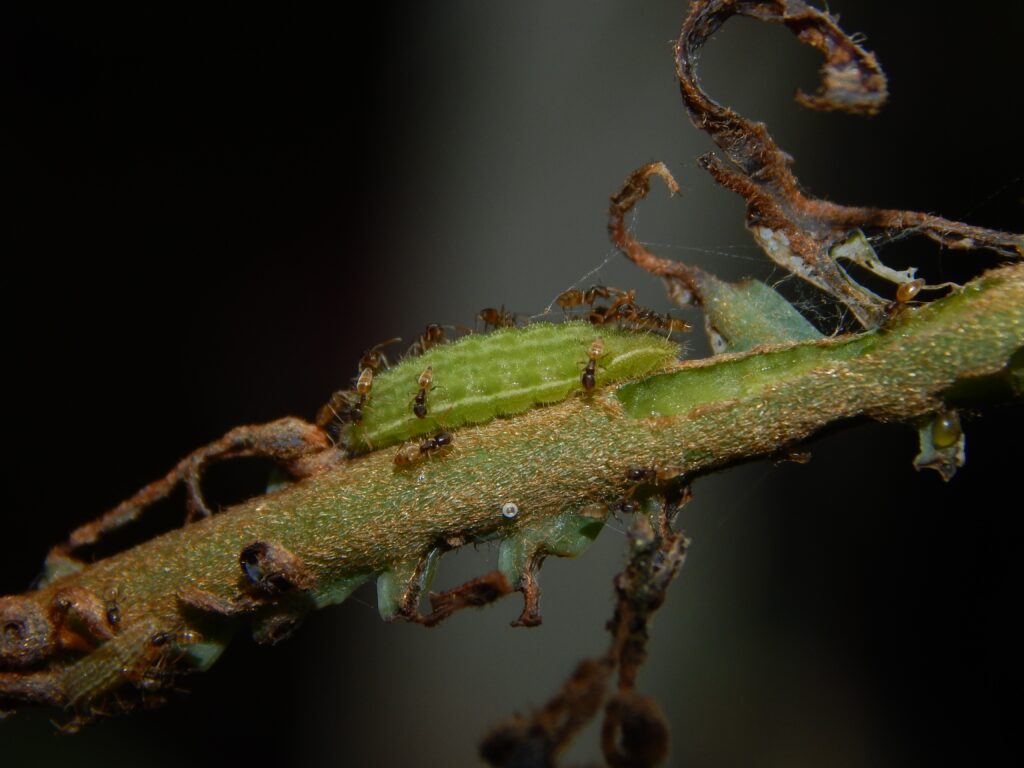Imagine a world where bodyguards work for sweet treats instead of money. In the insect kingdom, this isn’t fantasy—it’s daily reality. Tiny butterfly caterpillars have mastered the art of bribery, offering sugary rewards to fierce ant mercenaries in exchange for protection. This remarkable partnership represents one of nature’s most sophisticated protection rackets, where chemical communication and mutual benefit create alliances that would make human diplomats jealous.
The relationship between certain butterfly species and their ant protectors reveals a hidden layer of complexity in ecosystems we thought we understood. These partnerships have evolved over millions of years, creating intricate networks of interdependence that challenge our basic assumptions about competition in nature. What emerges is a story of survival, manipulation, and unexpected cooperation that spans continents and involves hundreds of species.
The Sweet Deal: Understanding Mutualistic Relationships
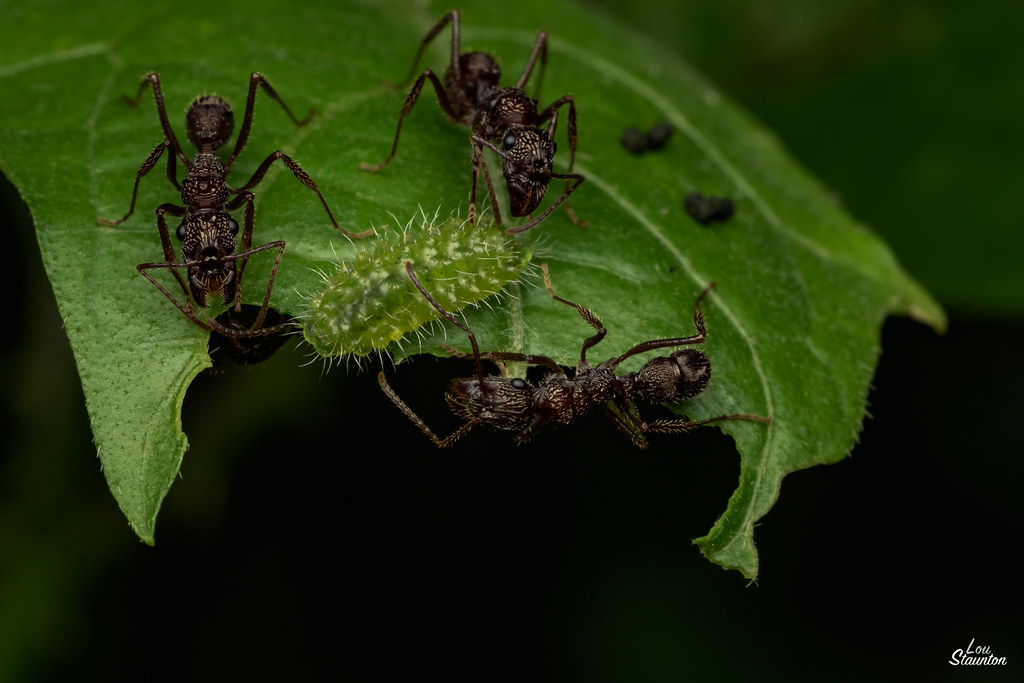
When we think about survival in nature, we often picture fierce competition and predator-prey relationships. However, the butterfly-ant alliance demonstrates that cooperation can be just as powerful as conflict. This mutualistic relationship benefits both parties: caterpillars receive protection from predators and parasites, while ants gain access to high-energy food sources.
The foundation of this partnership lies in chemical communication. Butterfly larvae produce specialized glands that secrete sugar-rich substances, essentially creating a mobile buffet for their ant guardians. This isn’t just any sugar—it’s a carefully crafted cocktail of nutrients that ants find irresistible.
What makes this relationship truly fascinating is its precision. The caterpillars don’t just randomly attract any ants; they often form partnerships with specific ant species that provide the most effective protection. This selectivity suggests a level of evolutionary fine-tuning that rivals human contract negotiations.
Lycaenidae: The Master Manipulators
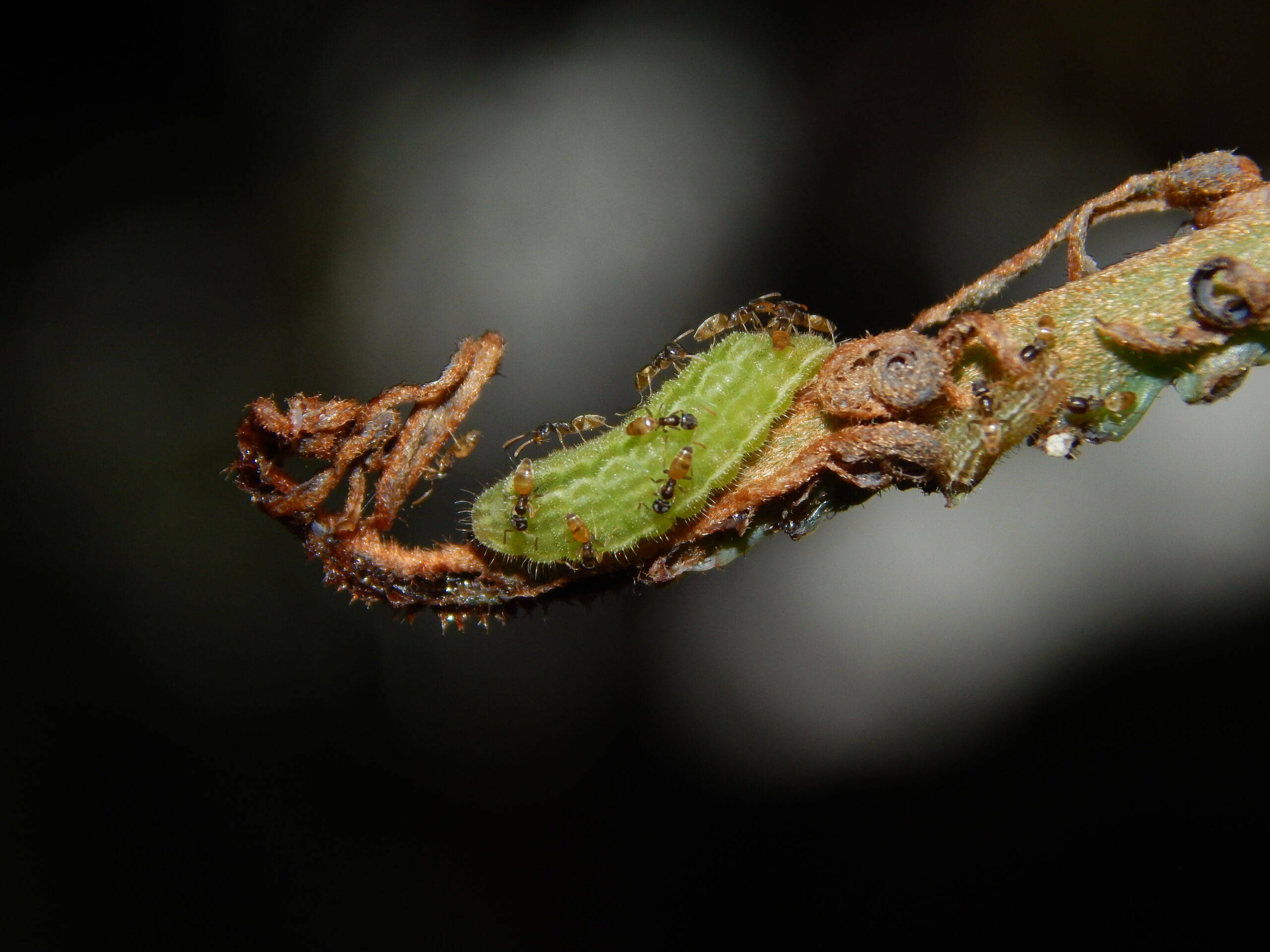
The Lycaenidae family, commonly known as blues, coppers, and hairstreaks, represents the champions of ant manipulation. These butterflies have evolved the most sophisticated mechanisms for attracting and maintaining ant bodyguards. Their caterpillars possess specialized organs that function like tiny sugar factories, producing substances that are perfectly calibrated to ant preferences.
Many Lycaenidae species have developed what scientists call “ant organs”—specialized structures that serve no purpose other than to maintain their relationship with ants. These organs include honey glands that produce sugary secretions and tentacle organs that can produce chemical signals to communicate with their protectors.
The Large Blue butterfly serves as perhaps the most extreme example of this manipulation. Its caterpillars don’t just hire ant bodyguards—they infiltrate ant colonies and live as parasites, fooling the ants into caring for them as if they were ant larvae. This level of deception requires sophisticated chemical mimicry that took millions of years to perfect.
Chemical Warfare: The Language of Bribery
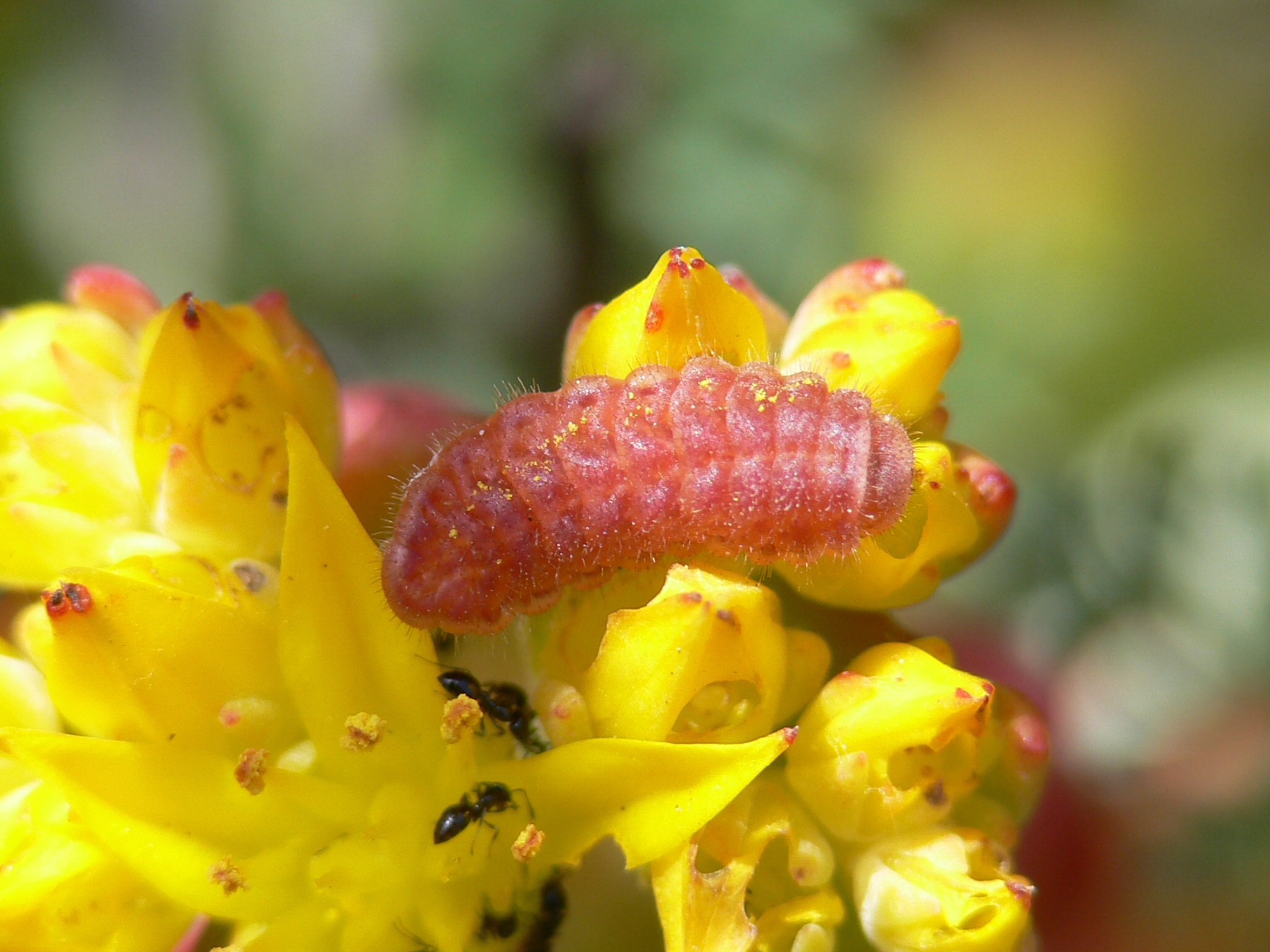
The communication between butterfly caterpillars and their ant protectors relies entirely on chemical signals. These tiny creatures have developed a complex chemical vocabulary that would impress any linguist. The caterpillars produce pheromones that can attract ants, calm aggressive behavior, and even trigger protective responses.
Research has shown that different butterfly species produce unique chemical signatures, allowing them to attract specific ant species while avoiding others. This chemical specificity prevents conflicts between different ant colonies and ensures that the caterpillars receive the most effective protection possible.
The most remarkable aspect of this chemical communication is its dynamic nature. Caterpillars can adjust their chemical output based on the level of threat they perceive, essentially allowing them to “negotiate” the level of protection they receive. When predators are nearby, they increase their sugar production to ensure maximum ant attention.
The Ant Perspective: Why Bodyguard Work Pays Off
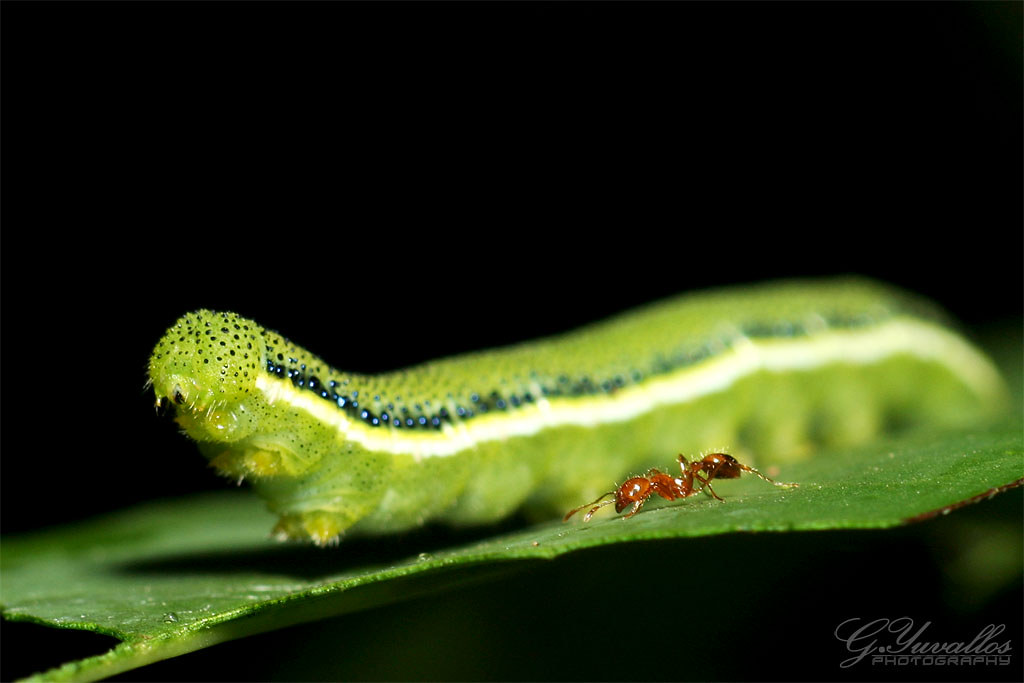
From an ant’s perspective, protecting butterfly caterpillars represents a lucrative business opportunity. The sugary secretions provided by caterpillars are rich in carbohydrates and amino acids, providing essential nutrients that might otherwise be difficult to obtain. This high-energy food source can significantly boost an ant colony’s growth and reproductive success.
Different ant species have developed varying levels of specialization in their bodyguard services. Some ants provide basic protection by simply being present around the caterpillars, while others actively patrol the area and attack potential threats. The level of service often corresponds to the quality and quantity of rewards offered by the caterpillars.
Interestingly, some ant species have become so dependent on these relationships that they’ve evolved specialized behaviors for caterpillar care. They build shelters for their charges, move them to better feeding locations, and even carry them to safety when threatened. This level of service goes far beyond simple protection and approaches genuine caregiving.
Geographic Variations: A Global Phenomenon
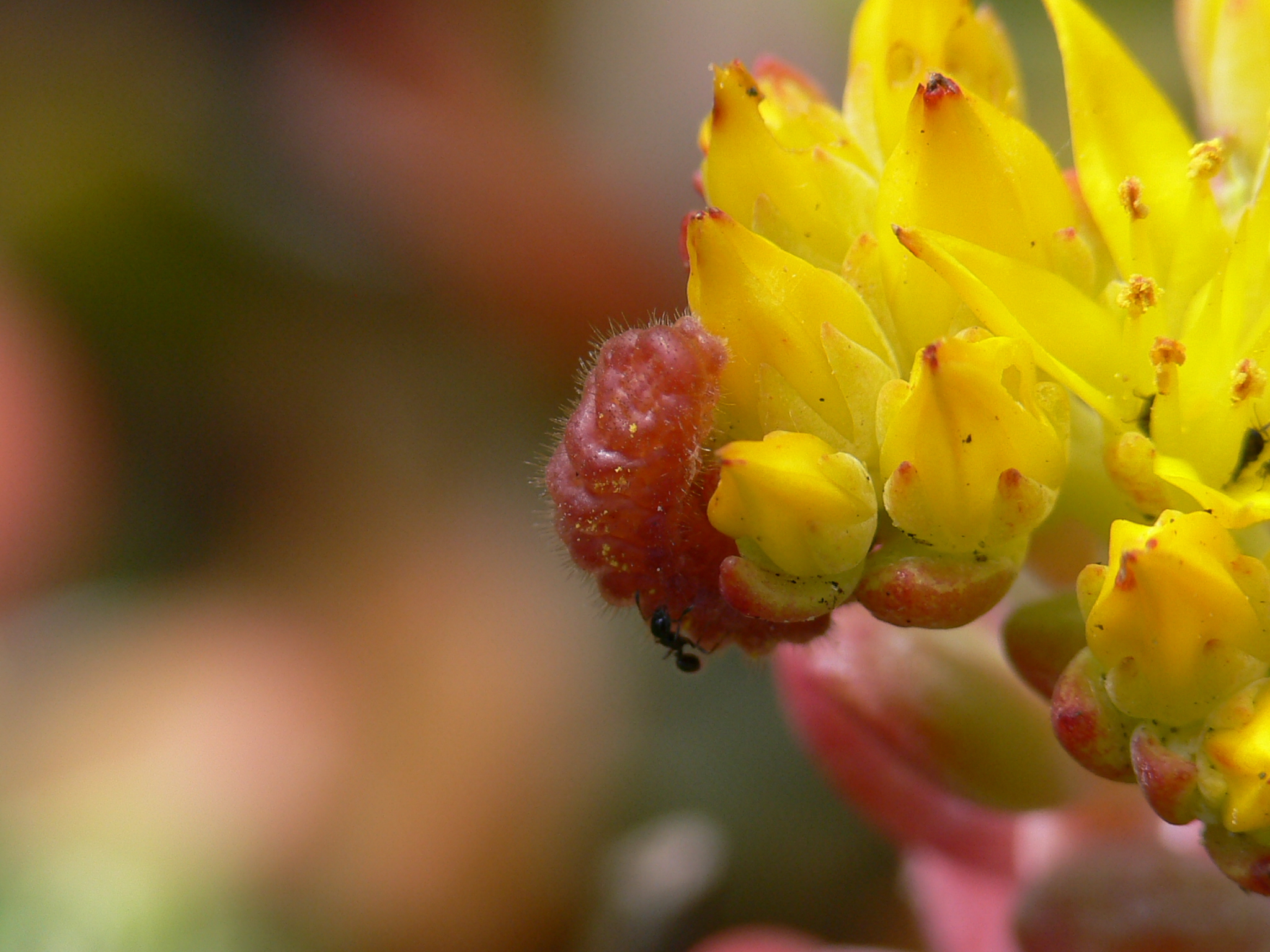
The butterfly-ant protection system isn’t limited to a single ecosystem or geographic region. These relationships have evolved independently across different continents, creating a fascinating tapestry of variations on the same theme. In Australian forests, numerous Lycaenidae species have formed partnerships with aggressive meat ants, while in South American rainforests, different butterfly species work with entirely different ant groups.
European meadows host their own versions of these partnerships, with species like the Short-tailed Blue butterfly forming alliances with local ant populations. Each geographic region has developed its own unique combinations of butterfly and ant species, creating specialized relationships that reflect local ecological conditions.
The diversity of these relationships across different environments demonstrates the power of convergent evolution. Similar selective pressures have led to similar solutions, but the specific details of each partnership reflect the unique challenges and opportunities present in different ecosystems.
Evolutionary Arms Race: Adaptation and Counter-Adaptation
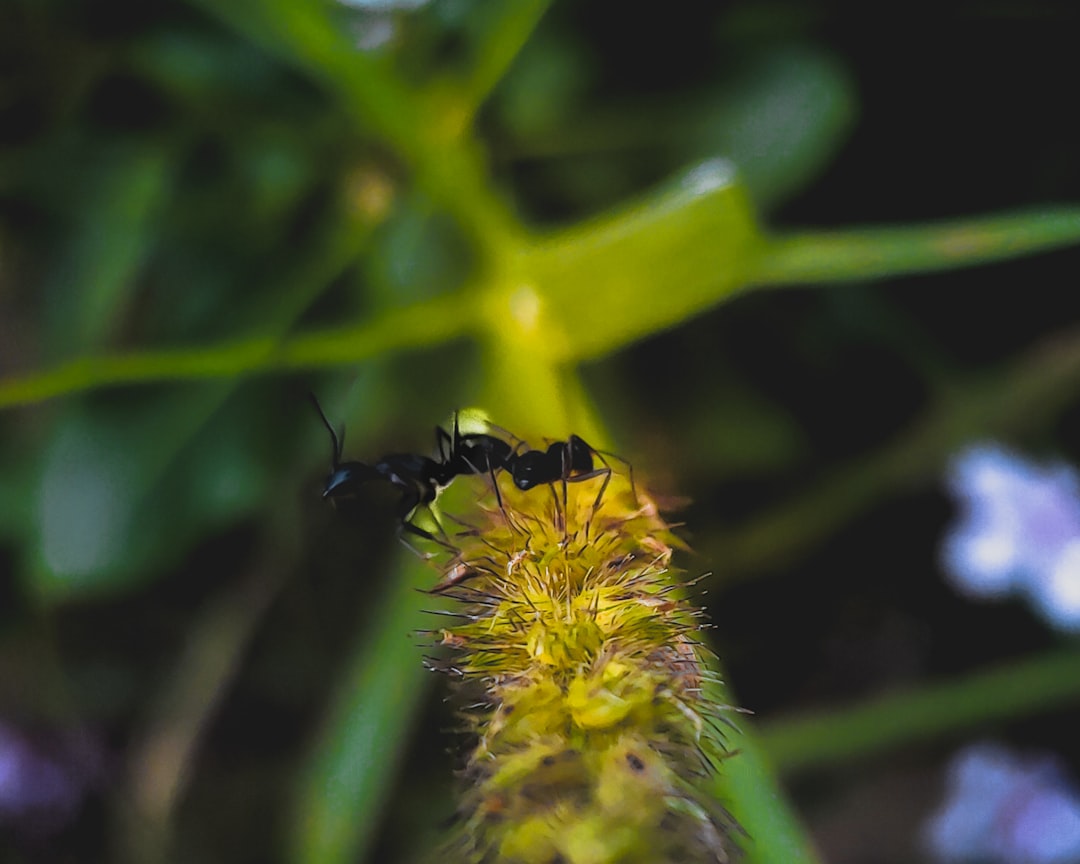
The relationship between butterflies and their ant bodyguards represents an ongoing evolutionary arms race. As caterpillars develop better methods of attracting and controlling ants, the ants themselves evolve mechanisms to avoid exploitation. This dynamic tension has driven the evolution of increasingly sophisticated strategies on both sides.
Some ant species have developed the ability to distinguish between high-quality and low-quality caterpillar partners, refusing to protect those that don’t provide adequate compensation. In response, caterpillars have evolved mechanisms to increase their sugar production when competition for ant attention is high.
The most fascinating aspect of this arms race is how it has led to the evolution of cheating strategies. Some caterpillars have learned to mimic the chemical signals of more valuable species, essentially committing identity fraud to receive better protection. Meanwhile, some ants have developed counter-strategies to detect and reject these imposters.
The Dark Side: When Protection Becomes Parasitism
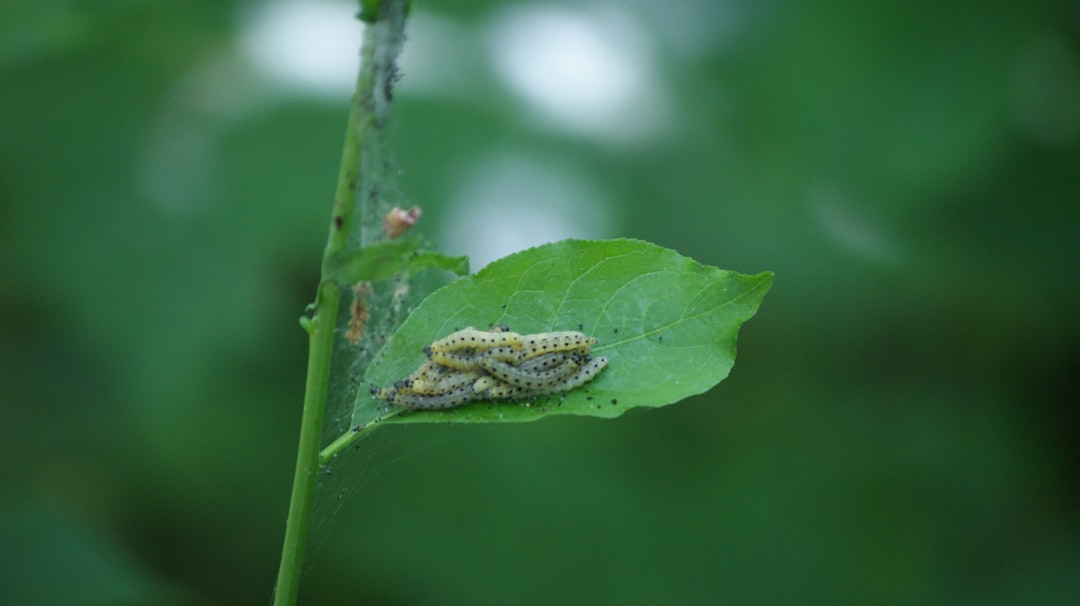
Not all butterfly-ant relationships are mutually beneficial. Some butterfly species have evolved to become parasites, exploiting ant colonies without providing adequate compensation in return. These parasitic relationships represent the darker side of nature’s protection rackets, where manipulation and deception replace fair exchange.
The most extreme examples of parasitism occur when butterfly caterpillars infiltrate ant colonies and feed on ant larvae. These parasitic caterpillars produce chemical signals that fool worker ants into treating them as members of the colony, receiving food and protection while contributing nothing in return.
Some parasitic species have become so specialized that they can only survive within specific ant colonies. This extreme dependence has led to intricate life cycles where adult butterflies must locate the correct ant species to ensure their offspring’s survival. The level of specificity required for these parasitic relationships often makes them vulnerable to environmental changes.
Predator Deterrence: How Ant Bodyguards Earn Their Keep
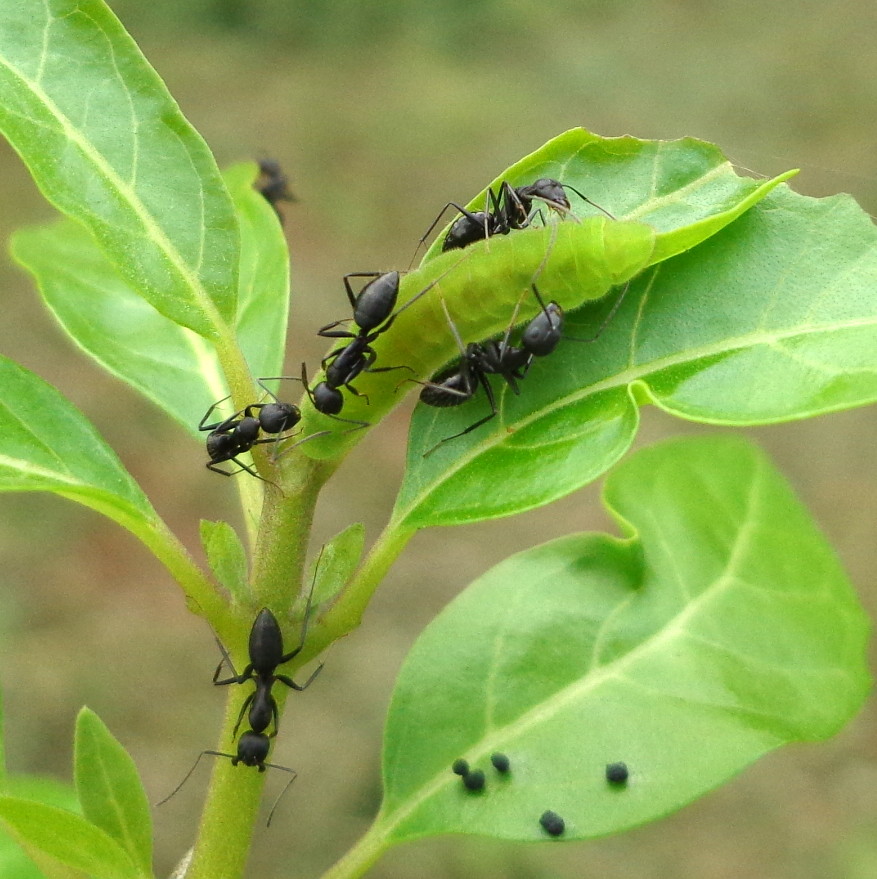
The effectiveness of ant bodyguards in deterring predators is truly remarkable. Studies have shown that caterpillars with ant protection experience significantly lower predation rates compared to those without guards. The presence of aggressive ants can deter a wide range of potential threats, from parasitic wasps to predatory beetles.
Ants provide protection through multiple mechanisms. Their physical presence alone can deter many predators, while their aggressive behavior and painful stings make them formidable opponents. Some ant species also use chemical warfare, spraying formic acid or other toxic substances to drive away threats.
The protection provided by ants extends beyond immediate physical threats. Ant bodyguards also help protect caterpillars from parasites and pathogens, creating a cleaner environment that promotes healthy development. This comprehensive protection package makes the partnership invaluable for butterfly survival.
Communication Networks: The Ant Telegraph System
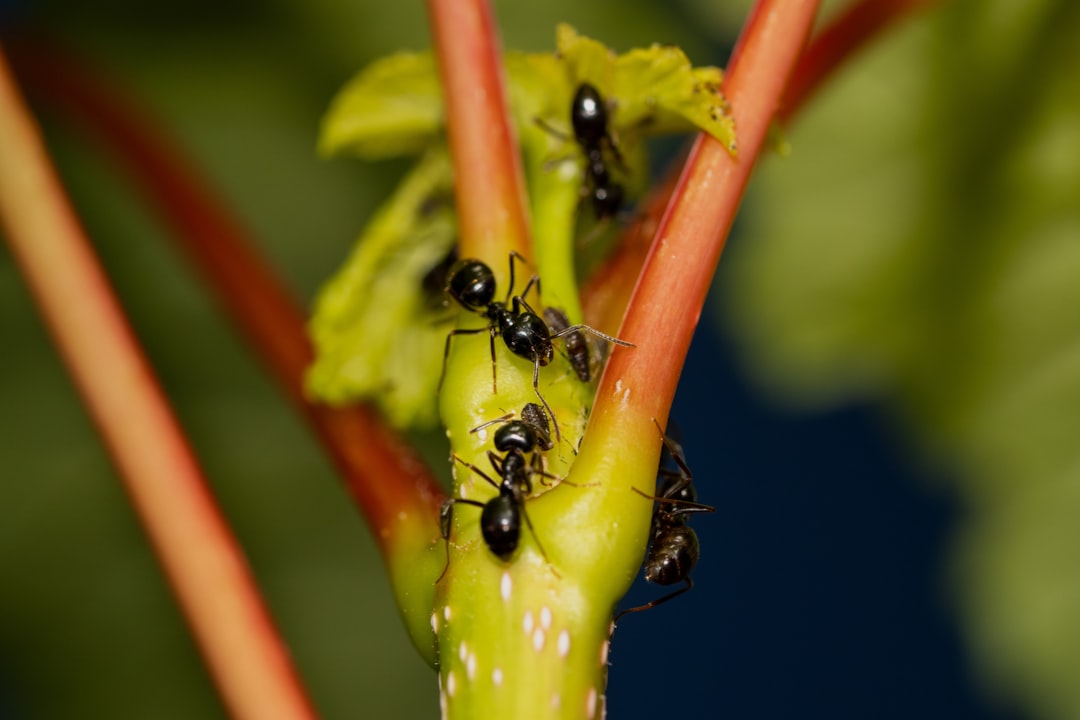
The communication systems that facilitate butterfly-ant partnerships are remarkably sophisticated. Ants maintain complex networks of chemical trails and signals that allow them to coordinate their protective activities. When one ant detects a threat to their caterpillar charges, they can quickly summon reinforcements through these communication networks.
Caterpillars have learned to tap into these ant communication systems, sometimes producing chemical signals that can trigger alarm responses in their protectors. This ability to communicate danger allows caterpillars to actively participate in their own defense, rather than simply relying on passive protection.
The integration of caterpillar and ant communication systems creates a unified defense network that’s more effective than either system alone. This level of integration suggests that these partnerships have been refined over millions of years of evolutionary pressure.
Economic Implications: The Cost-Benefit Analysis
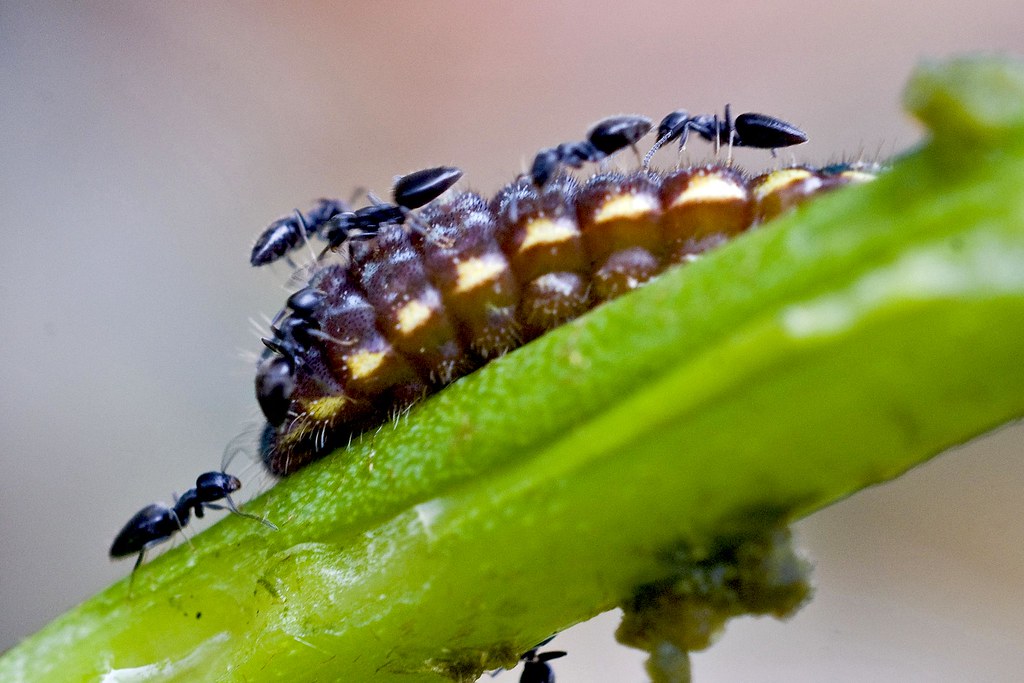
From an ecological economics perspective, the butterfly-ant partnership represents a fascinating case study in resource allocation and trade-offs. Caterpillars must balance the energy costs of producing sugary secretions against the benefits of protection, while ants must weigh the value of the food rewards against the costs of providing bodyguard services.
Research has shown that caterpillars adjust their investment in ant protection based on environmental conditions. When predation pressure is high, they increase their sugar production to ensure maximum protection. Conversely, when threats are low, they reduce their investment to conserve energy for growth and development.
The economic dynamics of these relationships can become quite complex, especially when multiple caterpillar species compete for the same ant bodyguards. This competition can drive up the “price” of protection, forcing caterpillars to increase their sugar output or seek alternative ant partners.
Seasonal Dynamics: Timing Is Everything
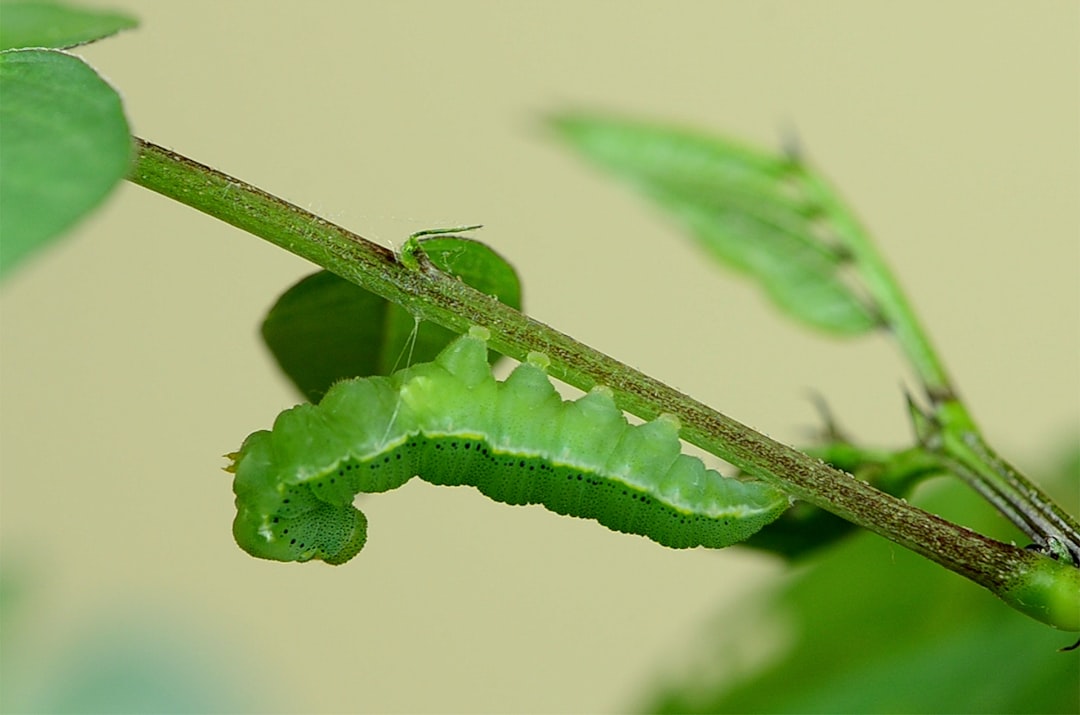
The timing of butterfly-ant partnerships is crucial to their success. Many relationships are seasonal, coinciding with specific periods in the life cycles of both partners. Caterpillars must time their development to coincide with peak ant activity, while ants must adjust their foraging strategies to accommodate their caterpillar charges.
Spring and summer months typically see the highest levels of butterfly-ant partnership activity, as this is when both caterpillars and ants are most active. However, the specific timing varies by species and geographic location, creating a complex temporal mosaic of relationships across different ecosystems.
Climate change is beginning to disrupt these carefully timed partnerships, as shifting temperatures and weather patterns alter the synchronization between butterfly and ant life cycles. This disruption represents a significant threat to species that have evolved to depend on these precisely timed relationships.
Conservation Implications: Protecting Complex Relationships
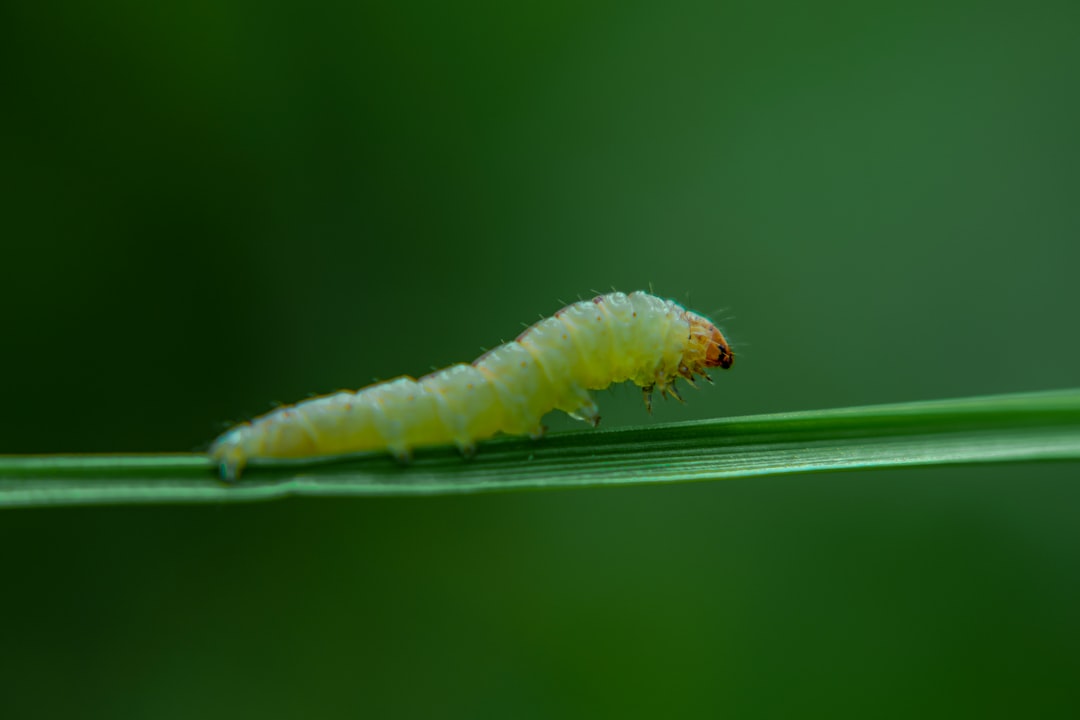
The intricate nature of butterfly-ant partnerships creates unique challenges for conservation efforts. Protecting these relationships requires understanding not just individual species, but the complex webs of interactions that connect them. The loss of either partner can have cascading effects on entire ecosystems.
Many butterfly species that depend on ant bodyguards are particularly vulnerable to habitat fragmentation. These species often require specific combinations of host plants, ant partners, and environmental conditions that may not be available in small, isolated habitat patches.
Conservation strategies must consider the full complexity of these relationships, protecting not just individual species but the ecological processes that maintain them. This holistic approach to conservation represents a new frontier in protecting biodiversity.
Future Research: Unraveling Nature’s Contracts
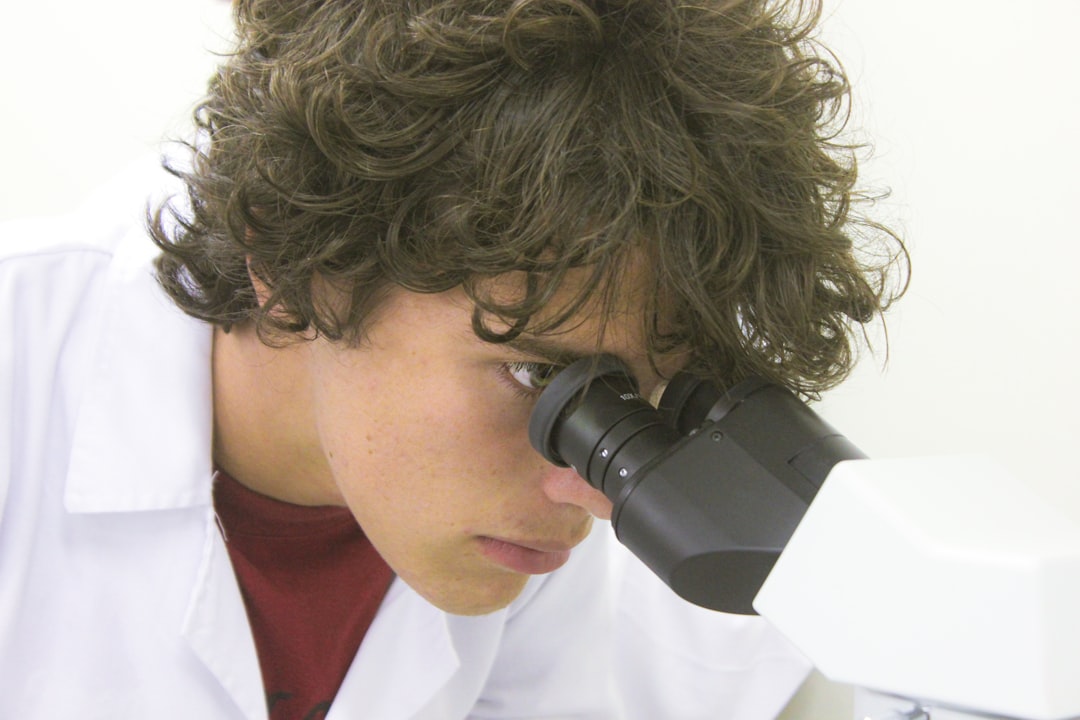
Scientists are only beginning to understand the full complexity of butterfly-ant partnerships. New research techniques are revealing previously unknown aspects of these relationships, from the molecular basis of chemical communication to the evolutionary history of these partnerships.
Advances in chemical analysis are allowing researchers to decode the complex chemical languages used by butterflies and ants. This research is revealing that these communication systems are far more sophisticated than previously imagined, involving hundreds of different chemical compounds.
Future research will likely focus on understanding how these partnerships might adapt to changing environmental conditions, particularly climate change. This knowledge will be crucial for developing effective conservation strategies for these remarkable relationships.
Conclusion
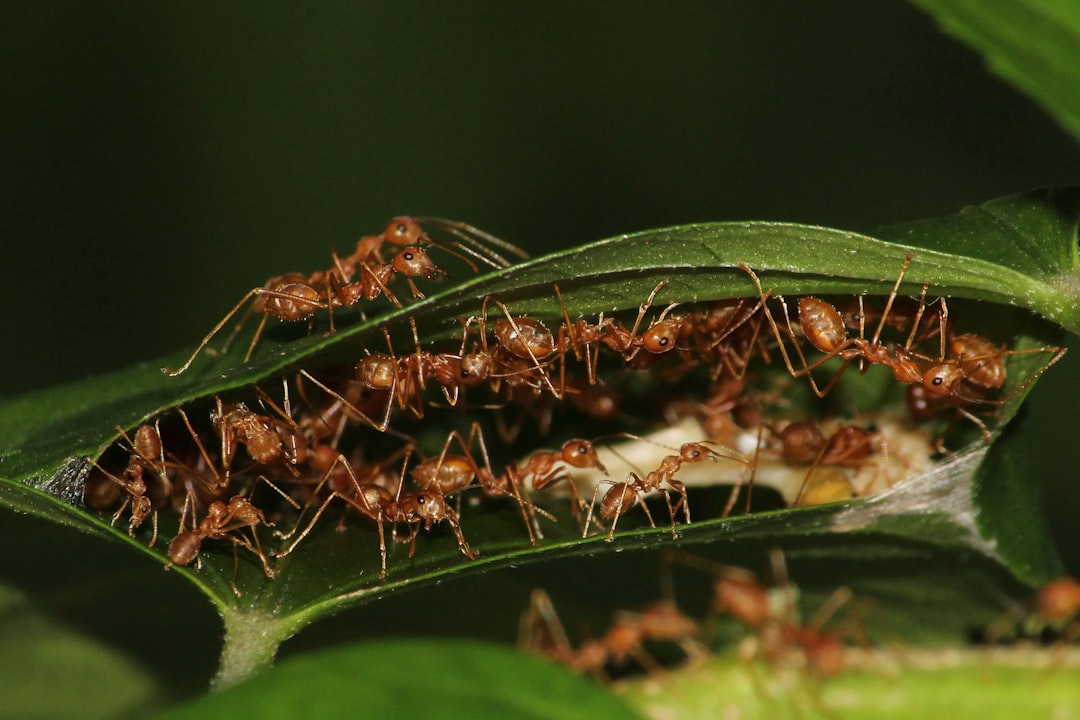
The world of butterfly-ant partnerships reveals nature’s incredible capacity for innovation and cooperation. These relationships demonstrate that survival in the natural world often depends not on competition, but on the ability to form mutually beneficial alliances. The intricate chemical communication systems, sophisticated protection strategies, and complex economic dynamics of these partnerships rival anything found in human society.
As we continue to study these remarkable relationships, we gain new insights into the fundamental principles that govern life on Earth. The story of butterfly bodyguards and their ant protectors reminds us that nature’s solutions to survival challenges are often far more creative and complex than we initially imagine.
What other hidden partnerships might be operating in the natural world around us, waiting to be discovered?

